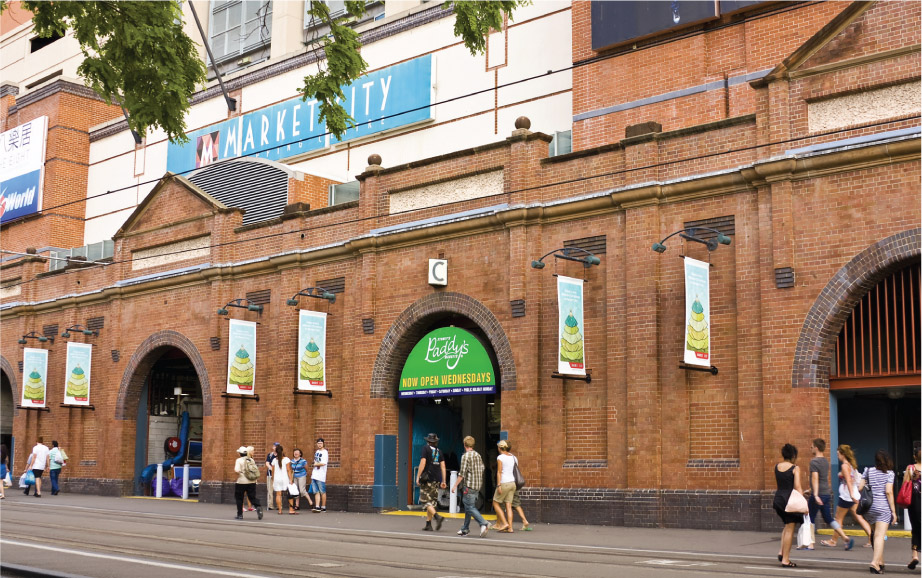20.1 What is a market?
First it is important to establish what is meant by the term market. A market is any place where potential customers with similar needs are willing to exchange something of value (usually money) with sellers who offer various need-satisfying goods or services.
For a market to be competitive there must be more than a single seller or buyer. While two people may trade and exchange goods and services for money, it takes at least three participants to have a market, so that there is competition coming from at least two sides.
Markets vary from different forms, sizes, scale, location and types of consumers, as well as the goods and services traded. Examples include:
- physical retail markets, such as local farmers’ markets, shopping centres and shopping malls
- internet markets (non-physical)
- ad hoc auction markets
- markets for intermediate or component goods used in production of other goods and services
- labour markets
- international currency and commodity markets
- stock markets
- artificial markets created by regulation to exchange rights such as carbon trading
- illegal markets such as the market for illicit drugs, arms or pirated products.
Competition
Competition in broad terms is defined as having or displaying a strong desire to be more successful than others. In a sporting event, individuals and teams will strive to be successful and ultimately win the game. For businesses, competition relates to the rivalry that occurs among them in their desire to seek and satisfy a market. For a market to be competitive there must be more than a single seller or buyer.
When visiting a large fruit and vegetable market in a major city (such as Victoria Market in Melbourne or Paddy’s Market in Sydney) or a local farmers’ market in your suburb or town, you will experience competition first hand. At these markets there are numerous sellers with stalls close to each other. There are also a lot of buyers coming to these markets who can then carry out easy comparisons on quality and price of the similar goods being offered by the various stallholders. The sellers are also able to make these comparisons and change their pricing strategies to ensure they gain a competitive edge.

In contrast to a competitive market is a monopoly. This occurs when there is only one seller in a particular market and many potential rather than a price taker (which occurs in a competitive marketplace). For example, in the area of mail delivery, Australia Post, a federal government business enterprise, has a monopoly over the delivery of mail items. It does, however, have many competitors in the area of parcel delivery and courier services.
Competition is an essential element in the efficient working of markets. It brings important benefits to businesses. Some of these are:
- It has direct effect on its customer base. Competition makes the business serve the customer better as they need to win over a customer and treat them right if they wish to retain them.
- It fosters innovation and efficiency. A business must not remain static but be ready to make changes or do something in a new way.
- It identifies for the business its strengths and weaknesses. Competition can help a business to narrow its focus and concentrate on what it is really good at, while also overcoming its weaknesses.
- It helps to identify potential threats from competitors that could be detrimental to the success of the business.
- It stops complacency and acts to push the business outside its comfort zone
- It helps the business to increase both its products and its market by making the business keep its products and services up to date and appealing.
For consumers, it offers choice and enables them to buy a broad range of goods and services at the best possible prices.
Ultimately a business wants to be able to build and gain a competitive advantage or edge over its rivals. This will provide the business with a point of difference or superiority over its competitors.
Identifying and sustaining competitive advantage are critical issues in business success, which can be measured by improved profit margins, or failure, which may then lead to bankruptcy and closure of the business.
There is a range of factors that influence a business gaining a competitive advantage (see Source 20.2).
Source 20.2 Factors that affect gaining a competitive advantage